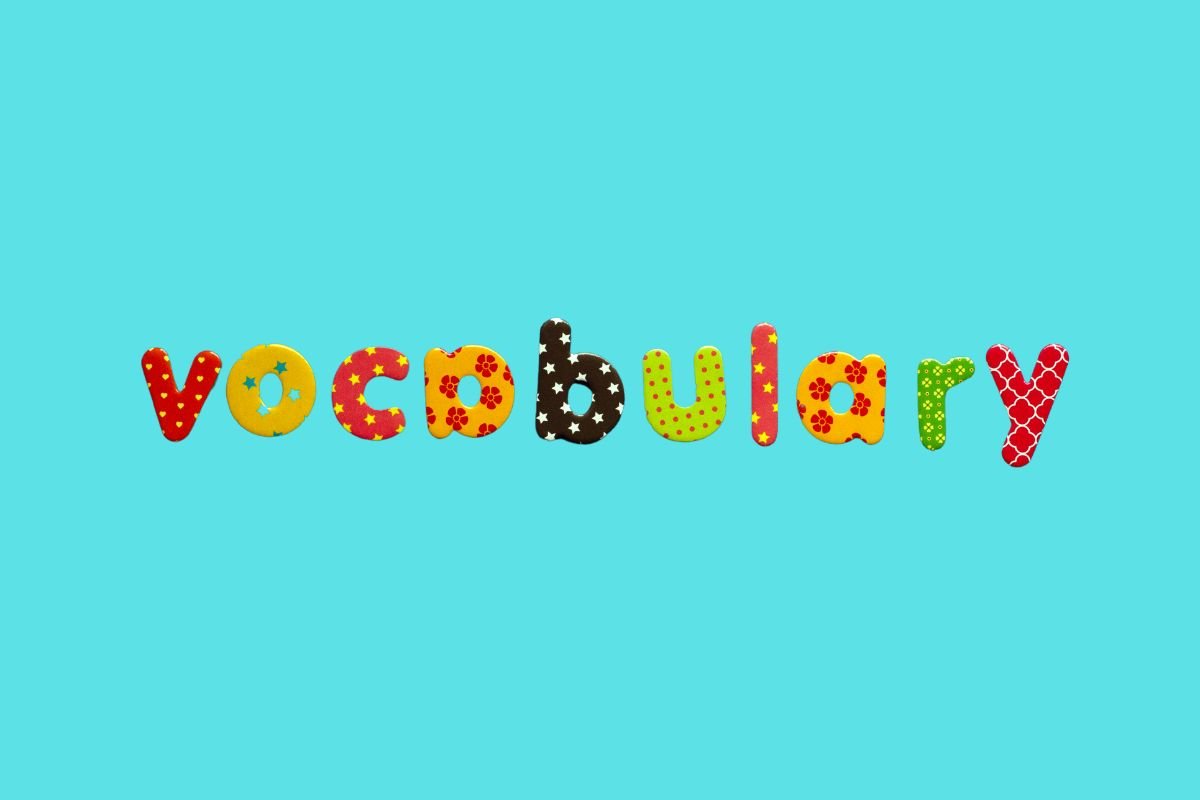Are you struggling to expand your vocabulary in a new language? You’re not alone. The journey of language learning is often paved with the remnants of forgotten words and half-memorized phrases. Traditional methods like flashcards and rote memorization can feel like an uphill battle, leaving many learners frustrated and demotivated.
The Vocabulary Conundrum
Learning and retaining vocabulary is one of the most challenging aspects of language acquisition. Why? Our brains are wired to forget information we don’t use regularly. Add to this the sheer volume of words in any language (English alone has over 170,000 words in current use), and the task can seem overwhelming.
Moreover, words often have multiple meanings, idiomatic uses, and cultural nuances that aren’t easily captured by simple translations.
But what if there was a way to make vocabulary practice more engaging, personalized, and context-rich? Enter ChatGPT, your AI language learning companion.
Why Daily Vocabulary Practice Matters
Consistency is key in language learning. As the polyglot Kato Lomb once said, “Language is the only thing worth knowing even poorly.” Every word you learn is a stepping stone to fluency. By incorporating daily vocabulary practice, you’re not just memorizing words; you’re building neural pathways that make language acquisition more natural and effortless.
Leveraging ChatGPT for Vocabulary Growth
ChatGPT’s adaptability makes it an ideal tool for vocabulary practice. Here’s how you can use it:
1. Contextual Learning: Ask ChatGPT to use new words in sentences, helping you understand their usage.
2. Thematic Exploration: Request vocabulary related to specific themes or situations.
3. Language Level Adjustment: ChatGPT can tailor its responses to your proficiency level.
4. Multilingual Practice: Switch between languages to reinforce vocabulary across multiple tongues.
10 Sample Prompts to Kickstart Your Practice
Prompt 1:
“I’m 16 and learning beginner Spanish. Give me 5 everyday phrases about school life and explain their usage.”

Prompt 2:
“I’m 25 and at an intermediate level in Mandarin. Provide 3 business-related idioms and their literal translations.”
Prompt 3:
“I’m 35 and studying advanced French. Share 5 sophisticated words to describe emotions, with example sentences.”
Prompt 4:
“I’m 18 and a beginner in Japanese. What are 5 common greetings and when to use each?”
Prompt 5:
“I’m 40 and at an upper-intermediate level in German. Give me 3 compound words related to technology and break down their components.”
Prompt 6:
“I’m 22 and learning intermediate Italian. Provide 4 colloquial expressions used by young adults and their meanings.”
Prompt 7:
“I’m 30 and a beginner in Arabic. What are 5 essential food-related words and how to use them in sentences?”
Prompt 8:
“I’m 50 and at an advanced level in Portuguese. Share 3 literary terms and use each in a poetic sentence.”
Prompt 9:
“I’m 28 and studying intermediate Korean. Give me 4 honorific expressions and explain when to use them.”
Prompt 10:
“I’m 35 and a beginner in Swedish. Provide 5 nature-related words and use them in simple sentences.”
Remember, the key is to tailor these prompts to your specific age, language level, and interests. This personalization makes your vocabulary practice more relevant and memorable.
5 Bonus Prompts
“Give me 5 advanced words related to environmental science and use each in a sentence.”
“Explain the difference between ‘affect’ and ‘effect’ with examples.”

“Provide colloquial expressions in Spanish for expressing surprise.”
“What are some formal alternatives to ‘good’ in business writing?”
“Create a short story using these words: ephemeral, juxtapose, quintessential.”
Tips for Effective ChatGPT Vocabulary Practice
1. Set a daily goal: Aim to learn a specific number of new words each day.
2. Review regularly: Ask ChatGPT to quiz you on previously learned words.
3. Focus on active usage: Practice using new words in your own sentences.
4. Explore etymology: Ask about word origins to deepen your understanding.
5. Combine with other methods: Use ChatGPT alongside apps, books, and real-world practice.
Remember, ChatGPT is a tool, not a replacement for real-world language use. Combine this practice with conversations, reading, and listening exercises for well-rounded language development.
Resources for Further Research:
2. Duolingo’s Language Learning Blog: Offers insights into effective language learning strategies.
By integrating ChatGPT into your daily vocabulary practice, you’re not just learning a language; you’re embarking on a journey of cognitive growth and cultural understanding. So, are you ready to transform your linguistic landscape? Your next word awaits!





